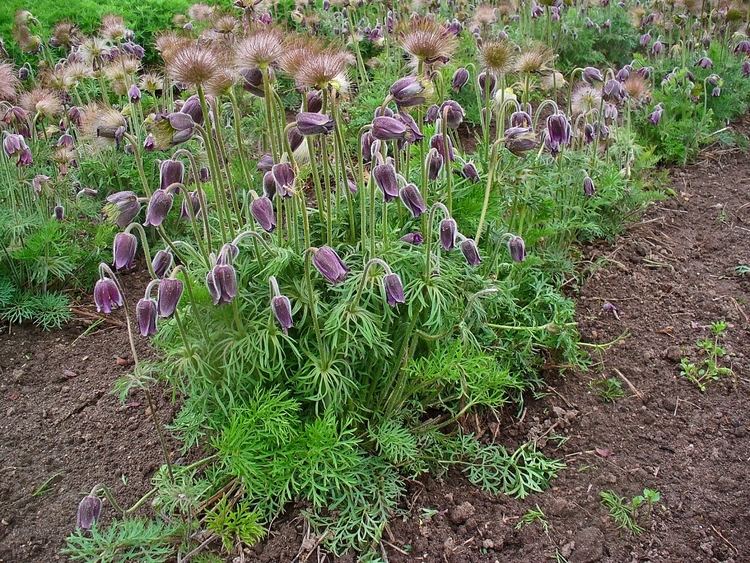Scientific name Pulsatilla pratensis Rank Species | Genus Pulsatilla Higher classification Pasqueflower | |
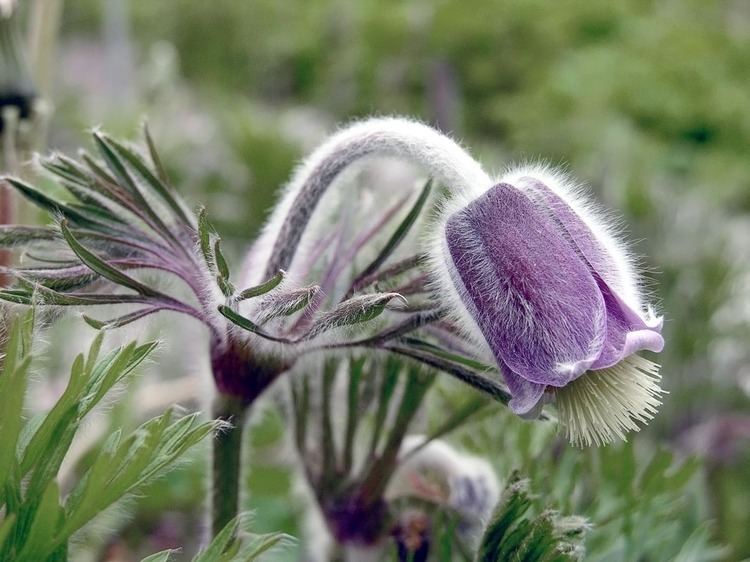 | ||
Similar Pasqueflower, Pulsatilla patens, Pulsatilla vulgaris, Pulsatilla vernalis, Pulsatilla grandis | ||
Pulsatilla pratensis
Pulsatilla pratensis (small pasque flower) is a species of the genus Pulsatilla, native to central and eastern Europe, from southeast Norway and western Denmark south and east to Bulgaria. It grows from near sea level in the north of the range, up to 2,100 m in the south of its range.
Contents
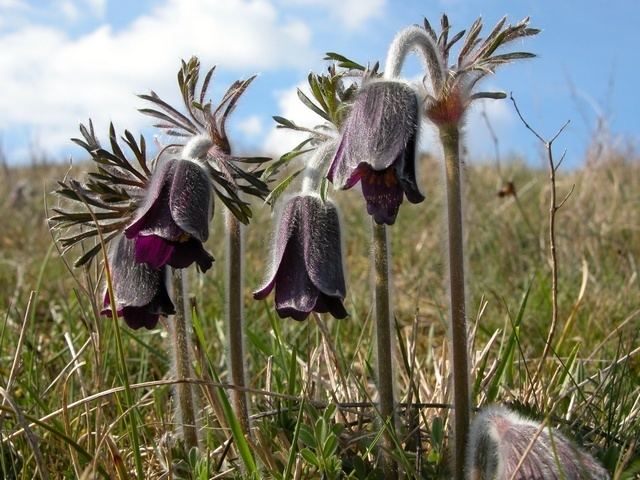
Description
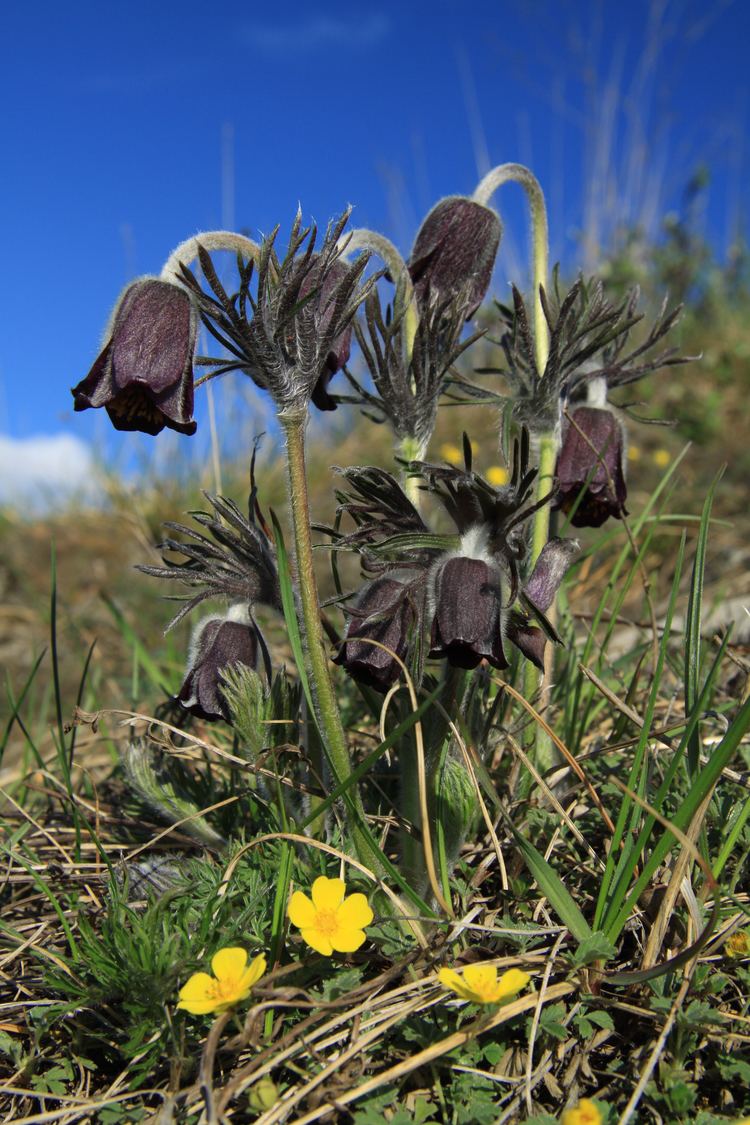
It is a herbaceous perennial plant growing to 8–30 cm tall. The leaves are finely divided and thread-like, and densely covered with silvery hairs. The flowers are 2–3 cm long, pendulous, bell-like, the tepals with reflexed tips; flower colour varies from purple in the north of the species' range to greenish-violet in the south. The flowers are hermaphrodite, and are pollinated by bees; flowering is from early to mid spring.
Subspecies
There are four subspecies:
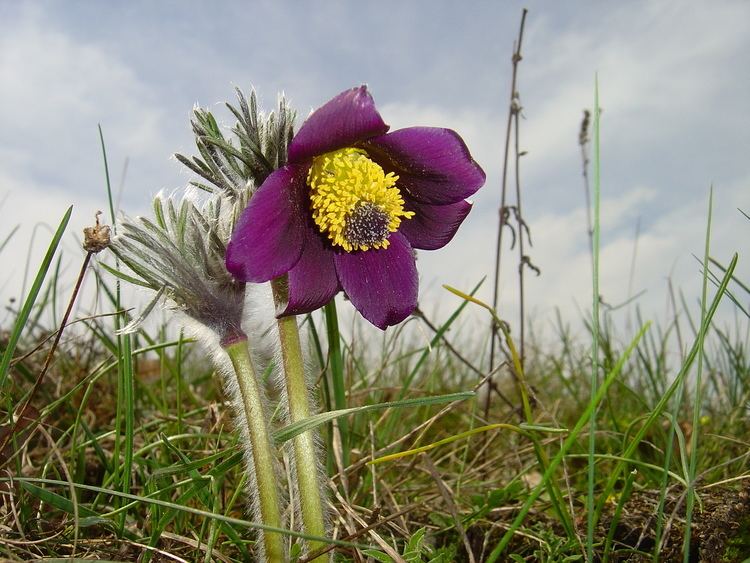
Pulsatilla pratensis subsp. hungarica grows in E Slovakia, NE Hungary and NW Romania. In Slovakia and Romania it is categorized as critically endangered CR. In Hungary it is protected by law. It occurs on open sand-plains and avoids limestone. In Hungary it can be found in two regions, the Nyírség and Bodrogköz.
Cultivation and uses
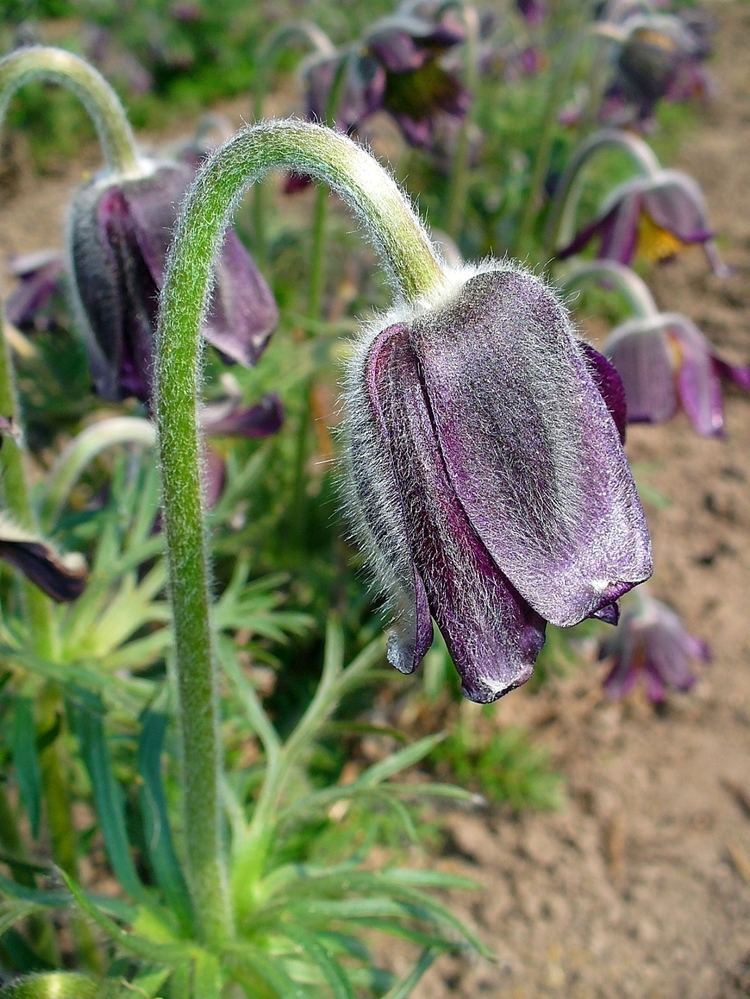
This plant is toxic, but can be dissipated through heat or drying. It has medicinal uses, and can be used externally to cure ulcers and inflammation of the eyes. It is useful in the treatment of children and infants.
